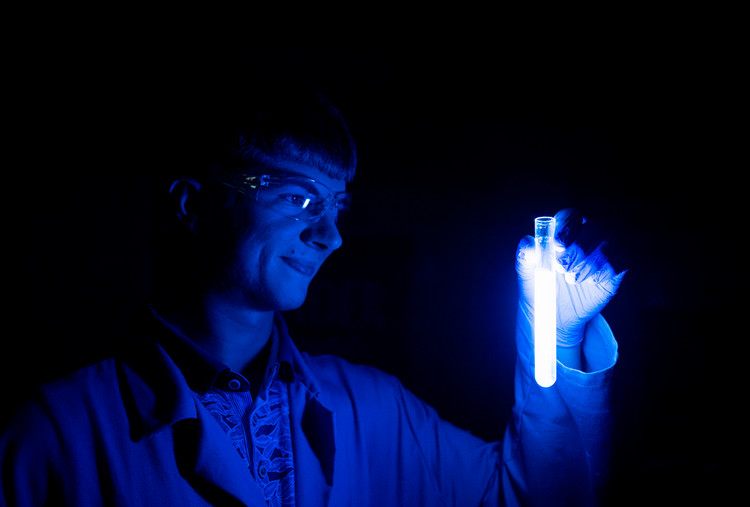TAMU-CC Marine Biology Professor Publishes Unique Research on Marine Mammal Reproduction
CORPUS CHRISTI, Texas – Texas A&M University-Corpus Christi’s Dr. Dara Orbach, Assistant Professor of Marine Biology, is adding another unique finding to her research portfolio regarding the reproductive morphology of marine mammals. The results help better capture what we know about the animal experience as a whole and may have important applications to other species, including humans.
In the area of scientific research about animal genitalia, there is little known, even more so when focused on how sexual pleasure may play a part in mating practices, says Orbach. Studying bottlenose dolphins specifically, Orbach alongside a team of expert researchers including Dr. Patricia Brennan of Mount Holyoke College and Dr. Jonathan Cowart of the University of Florida-Gainesville, are going where few others have fared to go in a new study titled, “Evidence of a Functional Clitoris in Dolphins.” The study was recently accepted and published on Jan. 10, 2022, in “Current Biology.” Click here to access the full report.
The study focuses on observing the macro and micromorphological features in common bottlenose dolphins including the clitoris’ ability to respond to tactile stimulation.
“Our anatomical examination of the clitoris of the common bottlenose dolphin reveals a complex organ with many similarities to the clitoris of other species known to have sexual pleasure, including humans,” the study noted.
Orbach says the study began during her time as a postdoctoral fellow working alongside Brennan to observe the reproductive tracts of more than 400 marine mammals. During their observations, the team was surprised to find that the female dolphin clitoris was not only prominent but built of sensitive nerve bundles more abundant and larger than that of the human anatomy.
“What we observed is similar sexual practices in animals and some behavior that were considered to be unique to humans,” Orbach said. “There is an evolutionary origin to pleasurable sexual experiences – there’s likely more species engaged in sex for non-conceptive reasons.”
According to Orbach, their data will push the envelope of discovery and create opportunities to begin exploring the clitoral anatomy of other species and how it functions.
“The goal with this research is to address the stigma that comes with studying reproductive anatomy and make science accessible and interesting,” Orbach said. “We have to recognize that this is basic science. Understanding something about the animal, even if there’s not a conservation application, is equally important.”
“Current Biology” is an open access journal that fosters communication across fields of biology by publishing important findings of general interest from diverse fields and through highly accessible editorial articles that explicitly aim to inform non-specialists.
Dr. Dara Orbach, TAMU-CC Assistant Professor of Marine Biology, Highlights Unique Mating Habits in Bottlenose Dolphins
According to Orbach, her latest study aims to address the stigma that comes with studying reproductive anatomy while making science accessible and interesting.
Orbach says the study began during her time as a postdoctoral fellow working alongside Brennan to observe the reproductive tracts of more than 400 marine mammals. During their observations, the team was surprised to find that the female dolphin clitoris was not only prominent but built of sensitive nerve bundles more abundant and larger than that of the human anatomy.
“What we observed is similar sexual practices in animals and some behavior that were considered to be unique to humans,” Orbach said. “There is an evolutionary origin to pleasurable sexual experiences – there’s likely more species engaged in sex for non-conceptive reasons.”
According to Orbach, their data will push the envelope of discovery and create opportunities to begin exploring the clitoral anatomy of other species and how it functions.
“The goal with this research is to address the stigma that comes with studying reproductive anatomy and make science accessible and interesting,” Orbach said. “We have to recognize that this is basic science. Understanding something about the animal, even if there’s not a conservation application, is equally important.”
“Current Biology” is an open access journal that fosters communication across fields of biology by publishing important findings of general interest from diverse fields and through highly accessible editorial articles that explicitly aim to inform non-specialists.

